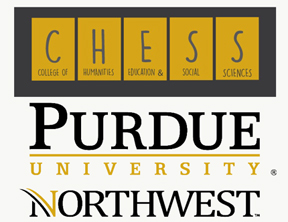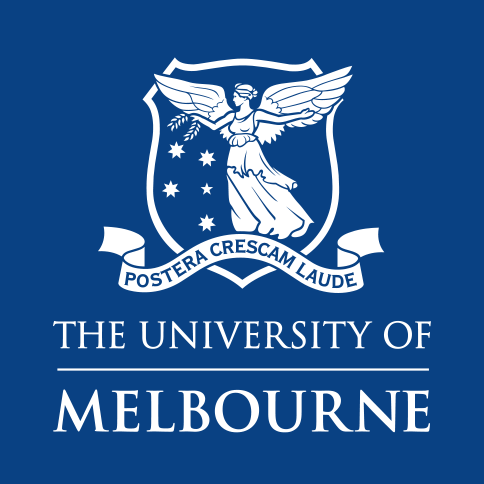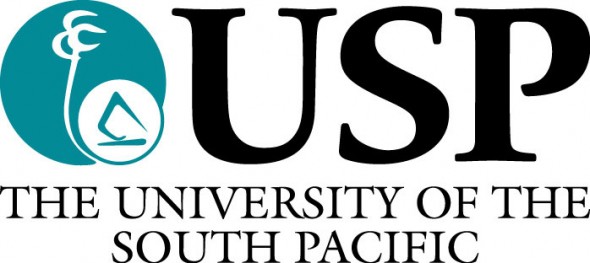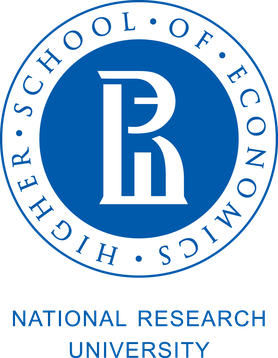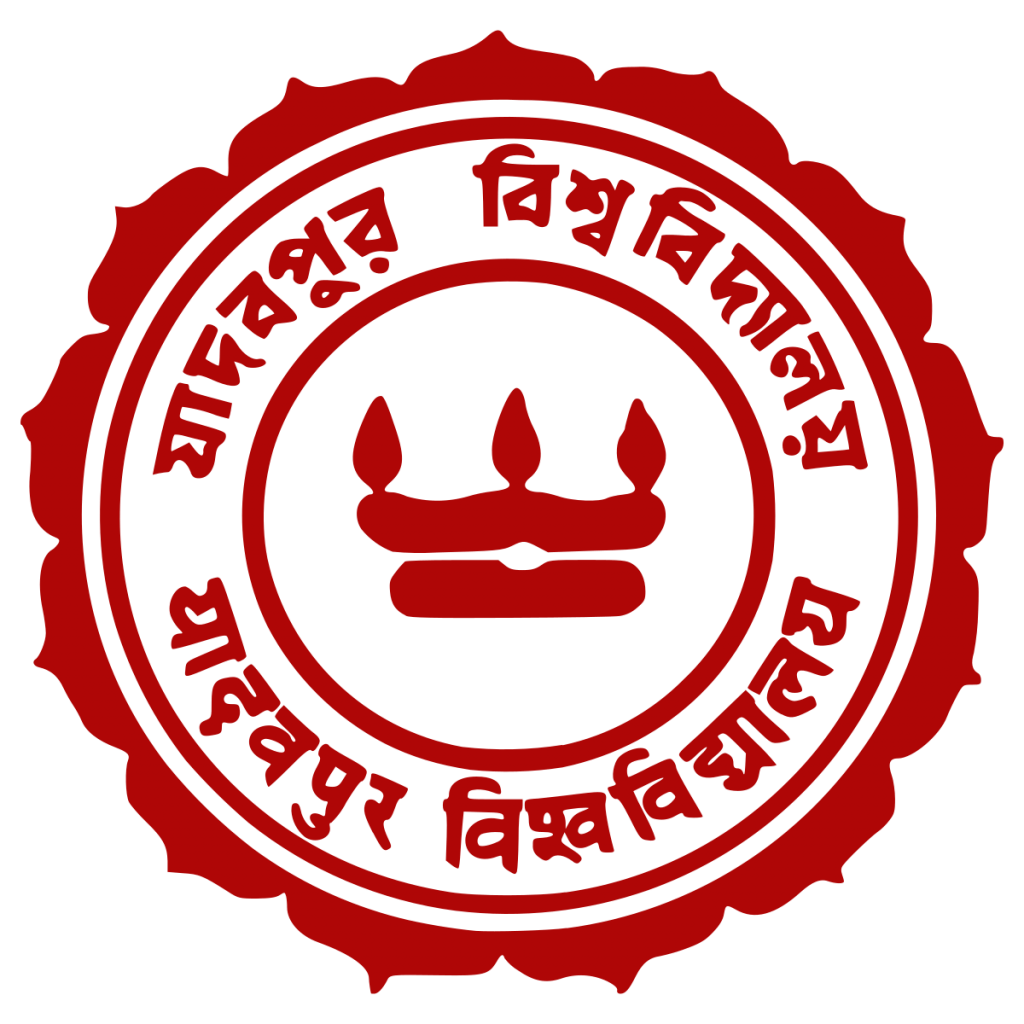The submission date has passed and papers are collected into the conference proceedings. The programme will be announced soon.
Some (just some) of the papers to be offered are by renowned scholars such as:
Amites Mukhopadhyay, Kim Scipes, Marcello Musto, Peter Hudis, Gökçe Sanul
Michelangelo Paganopoulos, Saikot Ghosh, Nguyen Huynh Thu, Phan Hanh Uyen
Pham Thi Ha Thuong, Pradip Baksi, Thi Do Quyen Nguyen, Thi Phuong Linh Nguyen
Van Hieu Vu., Md Reza Habib, Feeza Vasudeva, Nicholas Barkdull, Oanh Dang, John Grech
Hoai Tran, Thi Minh Duc Tran, Bui Thi Hong Thai, Pham Thi Huyen Trang, Manas Ghosh
Le Thi Mai, Olivia Guntarik, Oliver Vodeb, Thinh To Tien, Pham Thai Son
Jessica Schwittek, Alexandra Koenig, Pham Thi Ha Thuong, Phan Hanh Uyen
Nguyen Huynh Thu, Jay Murphy, Jeremiah Morelock, Thành Tâm Hồ, Phương Linh Đinh
Thi Kim Phung Dang, Thuy Ngan Luong, Tran Thi Minh Hoa, Trang Pham Thi Huyen, Nga Pham Thi Hang
Vincent Alessi, Pham Huyen, Ry Haskings, Dinindu Dewapura, Nguyen Thi Minh Nguyet
Tran Tuyen, Nguyen Hanh, Anna Potsar, Artem Uldanov, Oringo Paet Fernando,
Mild R. Hombrebueno, John Grech, Joe Buckley, Le Thi Mai, Nguyen Thi Diem, Do Hanh Nga,
Pham Thi Thanh Huyen, Pham Cong Danh, Cao Thanh Tam, Nguyen Thi Phuong Thao,
Ly Hoang Minh Uyen, Peter Hudis, Ratan Kumar Roy, Dattatreya Ghosh, jack Boulton,
Runa Chakraborty Paunksnis, Thi Kim Phung Dang, Le Thi Hong Quyen, Huynh Thi Anh Hong,
Neng-Yi Chu, Wen-Chin Wu, Cao Nguyen Ngoc Anh
Submission process and basis for inclusion.
- Authors are invited to submit unpublished, original work as full conference paper of 2,500 to at most 3,500 words including abstract and references.
- Manuscripts should be compiled in the following order: title page (including acknowledgements as well as Funding and grant-awarding bodies); abstract; keywords; main text; references; appendices (as appropriate); table(s) with caption(s) (on individual pages); figure caption(s) (as a list).
- Abstracts of approximately 200 words are required for all manuscripts submitted.
- Each manuscript should include 5 to 6 keywords listed in alphabetical order.
- Editorial Procedures Selected conference papers will be considered for publication in special issues of journals such as Inter-Asia Cultural Studies (IACS), ISSN - 14649373, 14698447, ISI indexed journal or Social Identities - Scopus index ISSN: 1350-4630
- Conference languages: English
- All submitted abstracts/ papers will go through a blind peer review process and those accepted will be published in conference proceedings.
- Only contributions meeting the following requirements can be considered: or
- 1B) Overview essay (your own scientific review or reflections), not necessarily based on original research, but with scholarly value. The structure of a given article is not strictly specified;
- 1A) Original scientific articles based on your own research, which contain all parts of a scientific article (introduction, theoretical framing, objectives and methodology, results, discussion, conclusion),
- The article is original and has not yet been published
- The author has the copyright including the permission to use it freely.
- 1 The structure of a contribution
- The structure of a contribution for acceptance is binding, namely in the following form:
- Title of the contribution
- Name of the author and co-author(s) (without academic degree titles)
- Abstract
- Keywords
- Actual text of the contribution (shall correspond to the structure of a scientific article with following chapters: introduction, theoretical background/ Literature review, methodology, data description, results and discussion, conclusion)
- Acknowledgment (If any)
- List of references
- Contact Information (Name of author (s), academic titles, Institution, Address of institution, Email plus Skype/Zalo/Facebook/Line/…*(*only for contacting))
- 2 Instructions for writing a contribution
- 2.1 General specifications
- Paper Length: Maximum size of the manuscript is 8-10 pages (format A4); between 2,500 and at most 3,500 words are preferred.
- Text: The paper must be written in English, A4 paper, Times New Roman, Size 12pt, line spacing: 1.5 lines, After 0pt, before 6pt, left aligned.
- Margins: The margins must be formatted to 0.98” on all sides of the paper.
- 2.2 Title, Authors, Key words, Abstract, Main text
- Title: Times New Roman, Size 16, Single-space + After 10pt, CAPTIAL+Bold
- Authors: Times New Roman, Size 14, Single-space After 10pt, Bold, Center. The authors’ name should include first and last name of author.
- Abstract: does not exceed 200 words, summarising your problems and findings. Times
- New Roman, Size 12, line spacing: 1.5 lines, After 0pt, before 0pt, left aligned.
- Keywords: (from 4 to 6 keywords) Times New Roman, Size 12, Single-space + line spacing: 1.5 lines, After 0pt, before 6pt, left aligned.
- Main text: Times New Roman, 12 pt. , alignment left, line spacing: 1.5 lines, After 0pt, before 6pt, left aligned, ise & isa spellings. Quotations in 'single quotes unless having and "internal" quote, then its double' (Surname, year, page).
- 2.3 Headings
- Headings should be used up to third level heading.
- Heading 1: Times New Roman; 14 pt.; CAPTIAL+Bold; for example, FIRST-LEVEL HEADING
- Heading 2: Times New Roman; 12 pt.; Bold; for example, Second-level Heading
- Heading 3: Times New Roman; 12 pt.; Italic, Bold; for example, Third-level Heading
- 2.4 Tables and Figures
- Tab.1 and Fig. 1 for a table or figure and the source should follow. Please note where the image or table should go in the text, and include the image in a separate page at the end as single image art (ie a jpeg or screenshot). Images and tables must be single files, with no internal formatting nor in any way embedded in the text except 'in-line'. The list of references should be complete and accurate. For each work shown in the list of references, which must be a reference in the text.
- 2.5 References: Please avoid or remove any citation formatting software rules to allow copyediting. First and last name of author, no academic titles (Times New Roman, 12 pt., spacing 1.5) Institution, use the author/date system (surname, year, page).
- References should be typed* and arranged in alphabetical order and then further sorted chronologically if necessary. More than one reference from the same author(s) in the same year must be identified by the letter “a”, “b”, “c”, etc., placed after the year of publication. Authors are required to complete the reference in a list of literature used with DOI (Digital Object Identifier) if it has been assigned to the publication. To search for the DOI, please visit: http://www.crossref.org/guestquery/.
- Citations in the text and the list of references should follow the 'Harvard' referencing style which is (Surname, Year, page). Details concerning this referencing style can be found at: https://library.unimelb.edu.au/recite/referencing-styles/harvard
- The list of references must have no formatting software, follow the Harvard author-date system (Surname, year, page).
- 2.6 Checklist for review process: Are the theme and the character of the contribution in accordance with the overall topic of the conference
- Does the formal treatment of the contribution meet the requirements of the prescribed formatting and the sequence of its individual parts?
- Are the language use and the style of the contribution adequate?
- Are citations and list of the used literature arranged properly and according to existing standards?
- Based on editor’s positive review, the contribution proceeds to the peer review process. Editors have the right to reject contributions that do not meet the above criteria. The publication of a contribution must be recommended by at least two independent reviewers.
- The evaluation may also address the following criteria:
- Is the theme of the contribution relevant and of interest for specialized readers?
- Do the formulation of the title and the abstract correspond to the actual content of the contribution?
- Are the goals of the contribution appropriately set out and clearly formulated?
- Is the theoretical argument of the contribution appropriate and suitably articulated?
- Are appropriate research methods employed for dealing with the issue?
Please submit your abstract by 25 August,
and if accepted: the paper before 1 November - in word format according to the above style guide
- Once your abstract is accepted, please register, you will be able to see updates and be informed of any news.
- For any issues or concerns please email: issh2021@tdtu.edu.vn

